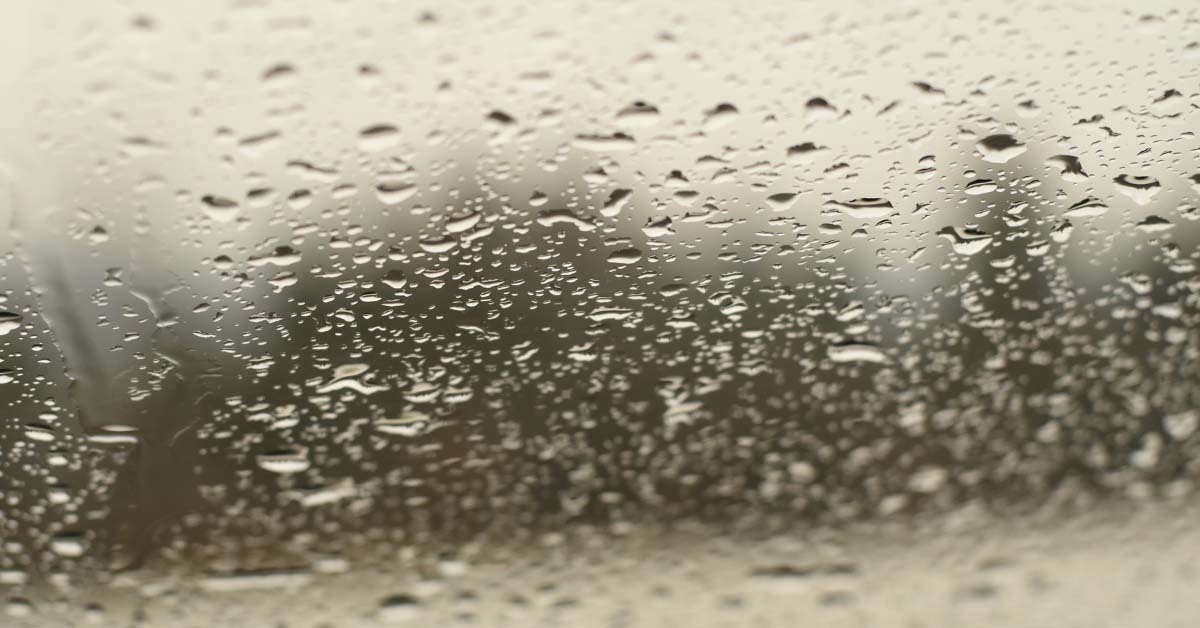CCB License#218431
Posted by: Elite Restoration on June 15, 2022
Don’t Let Mold Sneak Into Your Home This Summer
Summer is a time of carefree fun, family vacations, days spent by the pool, and relaxing in the sunshine. However, lurking behind these fun times, the threat of mold is evermore present in your home during the warm summer months. Higher humidity, hotter temperatures, and more rain during this season increases the likelihood of mold entering and growing in your home. Being aware of these issues ahead of the summer months can help you prevent this unwanted “house guest”.

Mold loves to grow in warm and moist areas. Preventing that environment from being created in the first place is a great place to start when trying to avoid mold growth in your home. An easy way to tell if the humidity is high in your house is by looking for condensation. This can come up in normal places like around a soda can (which is a minor example) or on a toilet tank or sink basin. This is an indicator that it is warm and humid enough for mold to grow in those areas. To avoid this, try setting your air conditioner to a lower temperature to keep it nice and cool throughout your home. Another option you can try is buying a dehumidifier for those troublesome areas. They can remove the unwanted moisture from the air and keep the area dryer.
As the temperature on the thermostat rises so does the risk of mold growing in your home. While summer heatwaves are unavoidable, keeping your home cool should be a priority for your comfort and to avoid mold growth. Try to maintain a household temperature of under 80 degrees. This is also important even when you are away from home on vacation or at the cabin.
April showers may bring May flowers, but big summer storms can end up dumping large amounts of water on your neighborhood too. This increased amount of water can enter your house through cracks in your roof, foundation, or siding. This water, even if it is just a small amount, can help mold start to grow in spaces throughout your house. Make sure your home is water tight and inspect for leaks every year before the wet season.
The last thing you want during your carefree summer is to worry about mold growing and spreading throughout your home. Make sure to take precautions year round, but especially during the summer mold season, can help you have the blissful summer you imagined. If you suspect that you might already have mold in your home, our team of professionals can help! Call us today to schedule an at-home inspection.
Frequently Asked Questions
While some homeowners may attempt DIY installation, professional installation ensures proper coverage and safety compliance, minimizing the risk of issues such as settling or compression.
While some tasks can be DIY, such as cleaning and disinfection, professional remediation is recommended for complex issues or extensive contamination.
There are a few different methods of achieving this, the most common is in part with re-roofing the mobile home after blowing insulation into the attic cavity.
Yes, we provide warranties for both labor and materials, including 20-year warranties on encapsulation systems.
Most homeowner's policies cover most water damages, but not all water damages are created equal. There can be a lot of exceptions to coverage depending on the intricacies of your policy. This is why it's a good idea to be familiar with your policy and call your agent right away when damage occurs.
As with all insurance related questions, the answer is that it depends on your coverage. Usually, though, the answer is yes. While there are some types of water damages that aren't covered by standard policies or reasons your policy might not cover the damage, if the water damage is covered by your policy the drying process will also be covered.
A good portion of water damage can be prevented by proper household maintenance. Routine plumbing maintenance, as well as sump pump and appliance maintenance, are effective ways to avoid preventable damages. If you live in a cold climate, preparing your home for the winter can also help avoid damage. Finally, it's a good idea to regularly check the exterior of your home, particularly your roof, for damage to ensure water isn't unexpectedly leaking into your home.
Seal any potential entry points, such as gaps in the roof or vents, and trim overhanging tree branches.
DIY soot removal is not recommended. Commercially available products can actually cause permanent damage to surfaces. Soot itself is primarily oil-based, but that residue also contains toxic, possibly biohazard contaminants.
Identifying the source of the water damage is one of the first steps in both the insurance claim process and before beginning to dry out and repair the damaged areas. After all, if you replace a sagging, wet ceiling that was caused by a roof leak but don't fix the roof, too, the next rainstorm will start the cycle all over again. The buckling to your hardwood floor could be caused by a leaking pipe. We will pinpoint the exact cause of your water damage and make sure the source is repaired. We make sure your restoration job is done right the first time.
Related Posts
Seasonal Survival: How to Prepare Your Home for Unexpected Weather Events
In the face of increasingly unpredictable weather, ensuring the safety and resilience of your home has never been more critical. From torrential rains (more)
Top 5 Innovations in Water Damage Restoration That Are Revolutionizing the Industry
As a homeowner or business owner, understanding the advancements in water damage restoration can preserve property integrity and prevent exorb (more)
